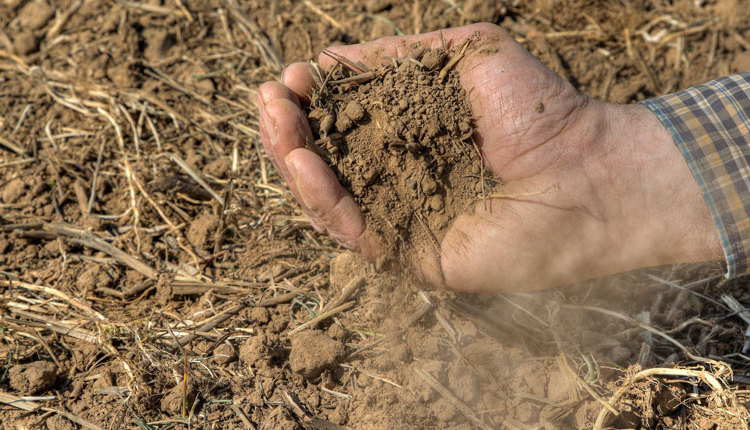
With much of the Midwest facing limited rainfall and dry conditions, expected forage yield and forage inventories are an area of concern. Many producers have raised the question of how to best extend current forage inventories with the goal of minimal impact to milk output and feed costs.
We often discuss the protein and starch content of forage, but we cannot lose sight of the fiber it brings into the ration. A few “categories” of forage/fiber extenders are available:
- Non-forage fiber sources, usually byproducts of the energy and food industries, can be excellent sources of digestible fiber. A few examples are corn gluten feed, soy hulls, cottonseed, and beet pulp shreds.
- Cannery waste products, such as sweet corn waste, green beans or peas, are somewhat regional and seasonal. With cannery and other wet byproducts, consider how quickly the product will need to be used on farm. The potential for heating and reduced stability grows exponentially after a few days.
- Forage from outside of your local region is the final category of forage extenders. For example, Western hay or wheat straw can potentially stretch current forage inventories while replacing the physically effective fiber lost when incorporating a non-forage fiber source, which is sometimes pelleted.
When evaluating options, keep the following economic considerations in mind. The majority of the non-forage fiber sources have a large digestible fiber fraction, which has the potential to positively impact milk output. Currently, a pound of milk is worth about $0.15. If bringing soyhulls into the lactating ration costs $0.22 per cow per day, we would need about 1.5 pounds of milk to cover the cost. In addition to the digestible fiber fraction of certain forage extenders, the protein, starch, and sugar content may influence our buying process. The economic balance of purchased protein and starch on farm will influence how a forage replacer prices into a ration. Recognize that the price of other available commodities should influence the decision of which is best to purchase. Drought conditions will also influence the cost of forage extenders with increased demand raising the cost per ton.
In addition to lactating diets, a closer look at options for youngstock and dry cow rations is also critical. Now is the time to assess current inventories and potential yields and to begin planning to rebuild forage inventories over the next year. Is it possible to purchase standing corn from a neighboring farm? Could you plant a cover crop to be harvested as forage next spring? What are your target inventories and how will you rebuild them? Finally, acting now with a small change in the ration could help you limit the need for a larger change after corn silage harvest. Small adjustments now can pay dividends in the future.


